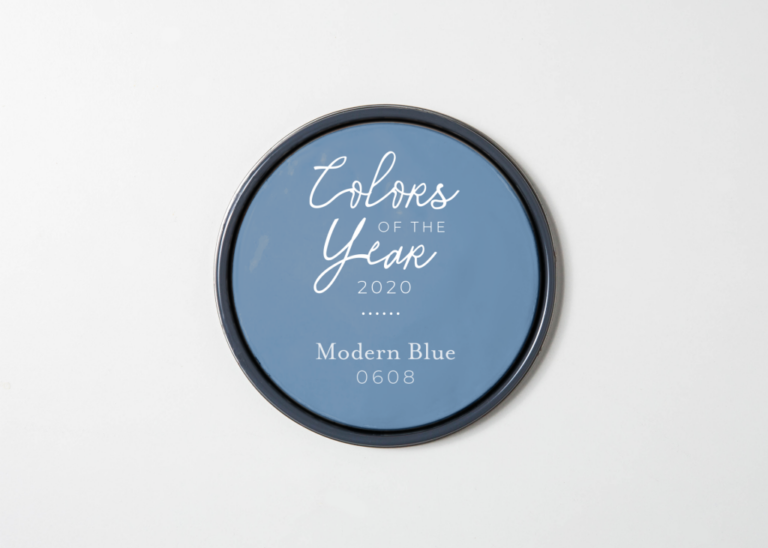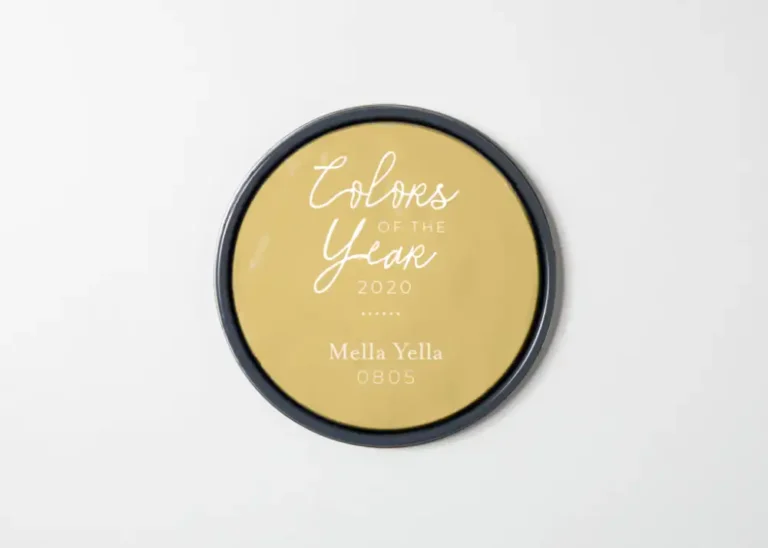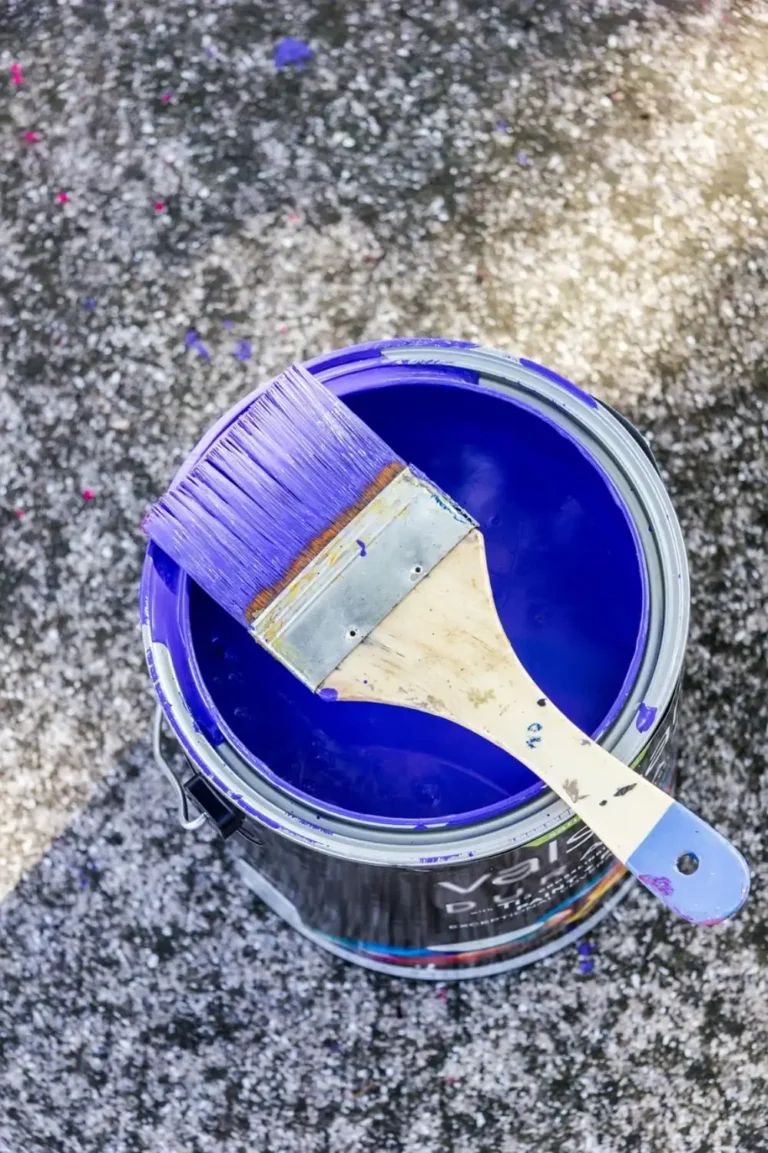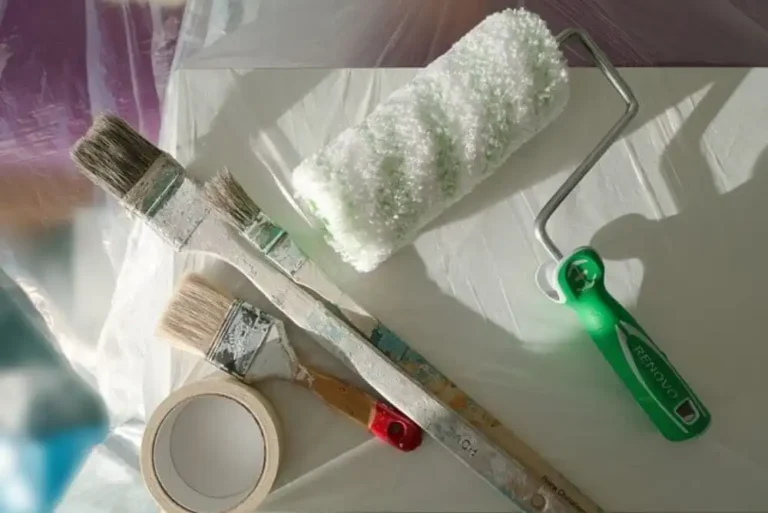Understanding Paint Primer: When and How to Use It
Using primer correctly can determine the quality and longevity of any paint job. Primer acts as an undercoat applied before painting, helping the topcoat adhere more effectively, improving durability, and protecting the surface beneath. Whether painting walls, wood, or exterior materials, knowing when and how to use primer is essential for a professional finish.
This guide explains what primer is, the different types available, and when it’s necessary to use one for your project.
What Is Primer Paint
Primer is a preparatory coating that creates a stable base for paint. It enhances adhesion, seals porous materials, and helps paint apply smoothly and evenly. In addition to improving appearance, primer increases the lifespan of the finish by preventing peeling, cracking, and uneven absorption.
Primers are designed for specific materials such as drywall, wood, or metal. Choosing the right one ensures that the final paint layer performs as intended.
Types of Primer
Different surfaces and conditions require different primer formulations. Understanding each type helps you select the right one for your project.
Oil-Based Primer
Oil-based primers are known for their excellent adhesion and stain-blocking ability. They are particularly effective on wood, metal, and surfaces with stains from water, smoke, or tannins. Because they create a strong barrier, they are ideal for surfaces that need extra durability or coverage.
Water-Based (Latex) Primer
Latex primers are easy to clean, fast-drying, and emit fewer odors and VOCs. They are best suited for interior drywall, bare wood, or previously painted surfaces. These primers are versatile, making them a reliable choice for most household projects where easy application and cleanup are priorities.
Shellac Primer
Shellac primers provide superior stain-blocking power. They effectively cover deep discolorations caused by water damage, smoke, or ink. Although they can be used on many materials, shellac primers are often reserved for spot treatments due to their strong odor and fast drying time.
Choosing the Right Primer for Wood
Wood is a porous material that absorbs paint unevenly without a proper base coat. Priming seals the surface and improves adhesion.
- For bare or untreated wood, an oil-based primer offers the best sealing and bonding properties.
- For interior wood projects, a water-based primer can also perform well, especially when fast drying and low odor are important.
- For exterior wood, use an exterior-grade primer designed to resist moisture and temperature changes.
- For glossy or finished wood surfaces, a bonding primer is ideal to ensure that new paint layers adhere securely.
Exterior Primers and Weather Protection
Outdoor surfaces require primers that can handle exposure to sunlight, rain, and temperature swings. Exterior primers are formulated to expand and contract with changing conditions, preventing peeling and cracking.
Oil-based primers are a strong choice for outdoor use because of their durability, but high-quality latex primers can also perform well, especially when quick drying is necessary. The key is to choose a primer labeled for exterior application to guarantee weather resistance.
Best Primers for Interior Walls
For most interior painting projects, latex primers provide the right balance of coverage, adhesion, and ease of use. They dry quickly and prepare walls for any paint finish—from flat matte to semi-gloss.
When painting over dark colors or stains, select a stain-blocking or high-hide primer to ensure even coverage. These are particularly useful in kitchens, bathrooms, or any area prone to moisture and discoloration.
Primers for Stubborn Stains
Stubborn stains, such as water marks, smoke residue, or grease, require stronger primer formulations. Oil-based or shellac primers are the best options in these situations. They create a tight barrier that prevents stains from bleeding through the final paint layer.
For severe staining, multiple coats of primer may be needed. Always allow each layer to dry completely before applying the next or adding the topcoat.
When to Use Primer Paint
Certain surfaces and situations always benefit from primer:
- New Drywall: Bare drywall absorbs paint unevenly. Primer seals the surface and creates uniform coverage.
- Bare Wood: Primer prevents blotchy absorption and enhances paint adhesion.
- Masonry Surfaces: Brick, concrete, and limestone can develop efflorescence that affects paint coverage. Primer smooths these surfaces and improves consistency.
Applying primer first also reduces paint waste and ensures that the color of your topcoat appears true to the sample.
When Primer May Not Be Necessary
If your walls are already painted in a similar color, free of stains, and in good condition, applying a separate primer might not be required. Likewise, self-priming paints—which combine primer and paint into one product—can simplify the process for clean, pre-painted surfaces.
However, while self-priming products save time, using a dedicated primer still delivers the best results for longevity and even coverage.
Final Thoughts
Primer plays a vital role in any paint project, improving adhesion, durability, and the overall quality of the finish. Choosing the right type—oil-based, latex, or shellac—depends on your surface, environment, and desired outcome.
By understanding when primer is necessary and how to apply it correctly, you can ensure that your paint job not only looks professional but also stands the test of time.






